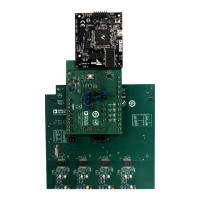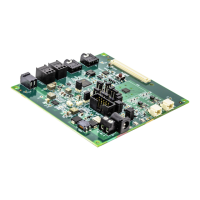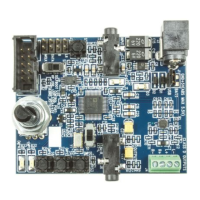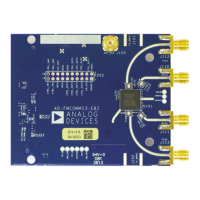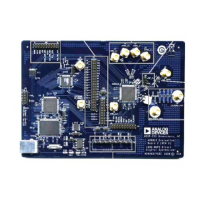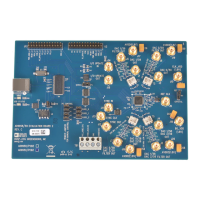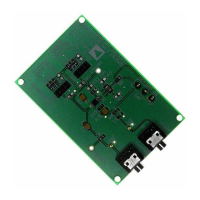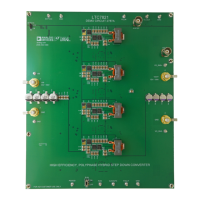UG-1308 EVAL-ADuCM355QSPZ Evaluation Board
Rev. A | Page 10 of 24
Compiling and Running Firmware
To compile and run the ADuCM355 firmware, take the
following steps:
1. In the IAR Embedded Workbench window, navigate to
Project > Rebuild All (see Figure 10).
16887-010
Figure 10. Project > Rebuild All
2. Click Rebuild All. The IDE begins building the executable
from the source files, which may take a couple of seconds.
The message shown in Figure 11 appears in the Build window
when the build is complete.
16887-013
Figure 11. Build Output Window
3. To run the firmware on the ADuCM355, ensure that the
EVAL-ADuCM355QSPZ is powered on and the J-Link
debugger is connected to P3 on the EVAL-ADuCM355QSPZ,
then click Download and Debug to load the firmware to
the ADuCM355 and launch the debugger (see Figure 12).
Launching and downloading the debugger can take a few
seconds or more.
16887-011
Figure 12. Launching the Debugger
4. Open a terminal program such as RealTerm to view the
UART data from the ADuCM355 (see Figure 13). The
baud rate is 230,400 bps.
16887-113
Figure 13. UART Data in RealTerm
5. Figure 14 shows the debug interface. Click the blue arrow
(shown in the red circle) to begin code execution. The UART
prompts the user to press either the S2 or S3 button. The
DS2 LED toggles on and off with each button press.
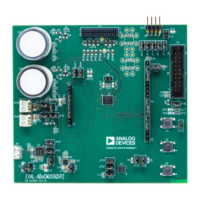
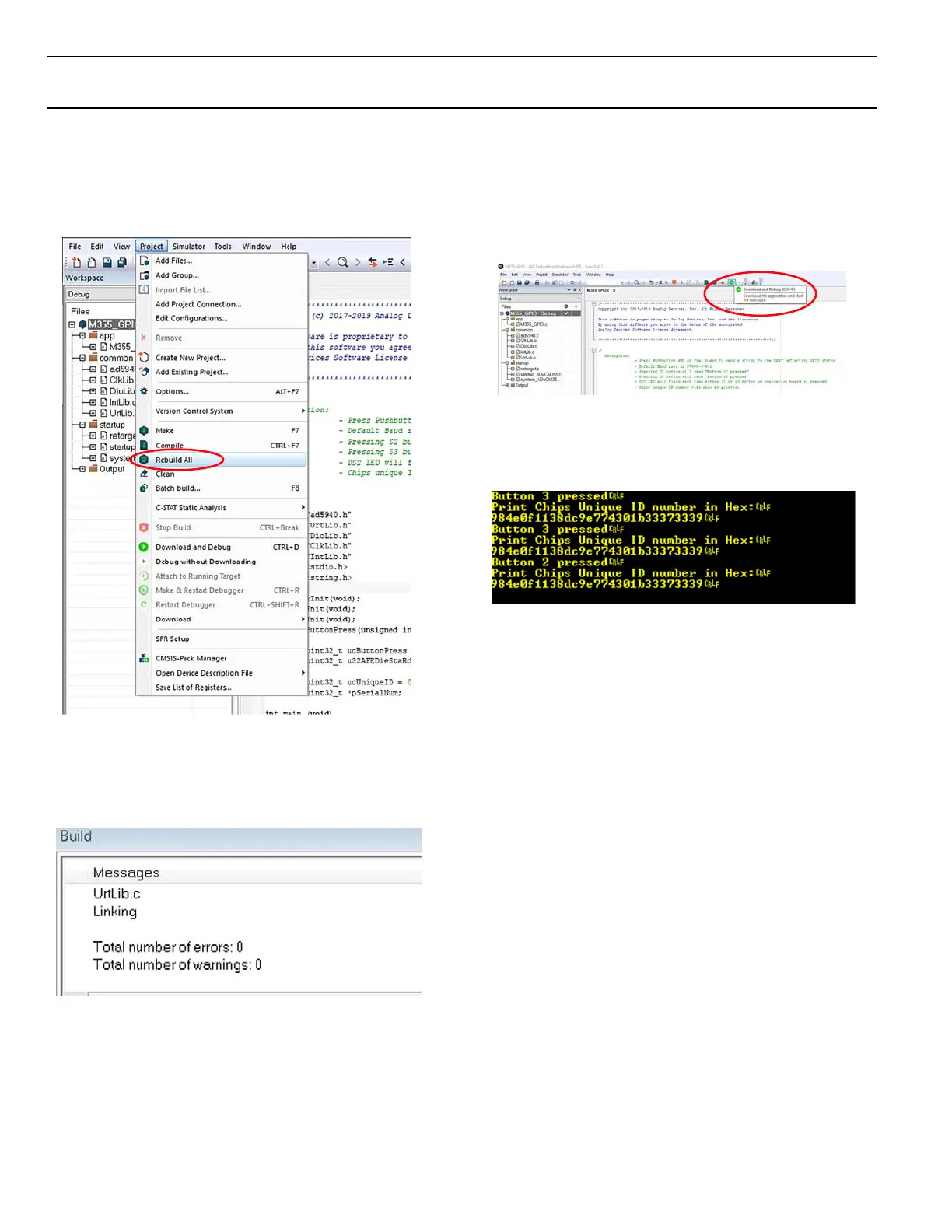